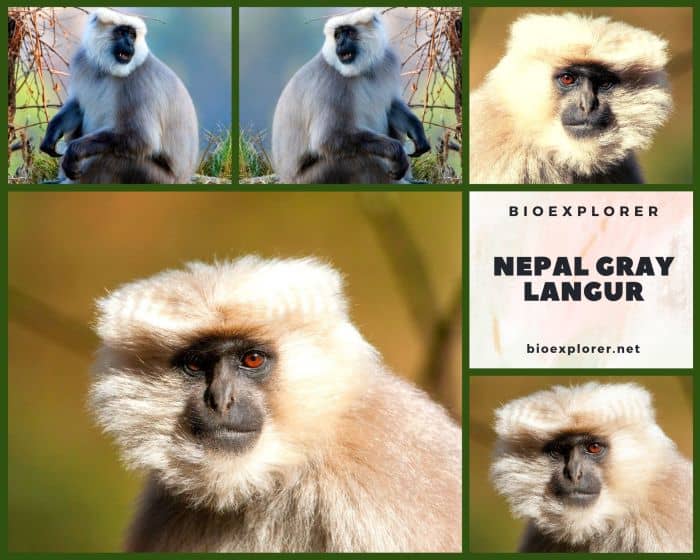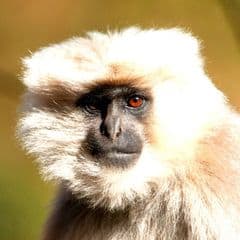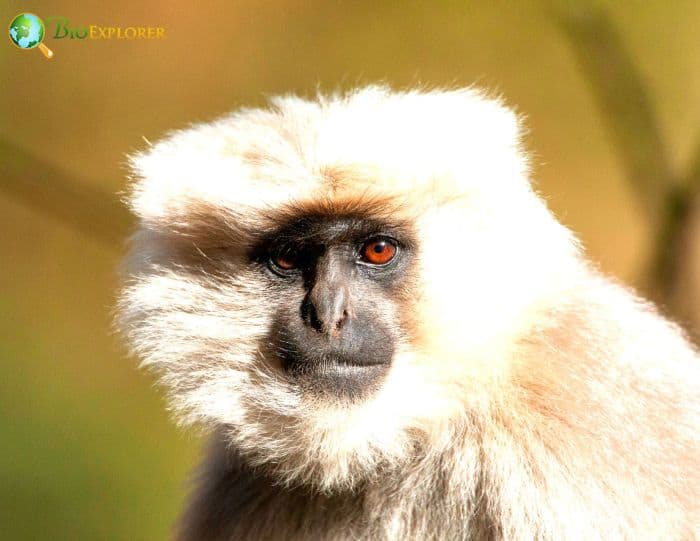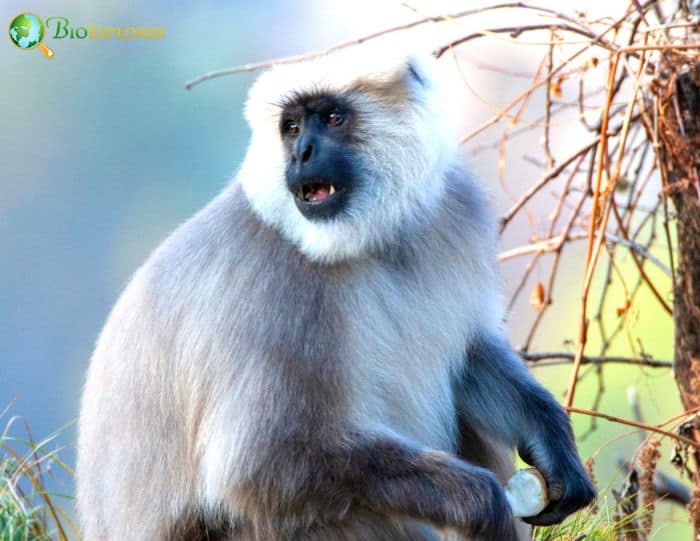
| Animalia | Primates | Cercopithecidae | Semnopithecus | Semnopithecus schistaceus |


- Common Name: Nepal Gray Langur
- Taxonomy Classification Year: 1840
- Monkey Size: 58.5 to 64 cm (23.03 to 25.20 in)
- Skin Color(s): Brownish gray
- Habitat: Savanna or grassland, forest, rainforest, scrub forest
- Diet: Omnivorous
- Native Countries: India, Pakistan, Afghanistan
Nepal Gray Langur Characteristics

The Nepal gray langur[1] (Semnopithecus schistaceus) is a gray langur native to the Himalayas of Nepal, extreme southwestern Tibet, northern Pakistan, northern India, Bhutan, and possibly Afghanistan.
- It’s found in forests at altitudes of 1,500 to 4,000 meters (4,900 to 13,100 feet).
- Nepal gray langurs have brownish-gray fur with a red tint on the dorsal surface and white fur on the ventral surface.
- Their face, ears, hands, and feet are black, and their face is framed in white fur. Their tail is typically longer than the body and has a white tip.
- Babies are born with fine, dark brown or black fur. Their skin is pale but turns black by the age of 3 months.
- They are sexually dimorphic, with males being somewhat larger than females. Males weigh around 13 kg and females around 9.9 kg.
- Excluding the tail, males are about 64 cm long and females about 58.5 cm long. Male Nepal gray langurs average 91.0 cm in length, and females average 86 cm.
Nepal Gray Langur Facts

- The Nepal gray langur is both terrestrial and arboreal.
- At 58 pounds (26.5 kilograms), the heaviest langur ever recorded was a male Nepal gray langur.
- Dominance hierarchies play a vital role in tree use behavior. For example, the older male sleeps in the highest position in the tree, which is the safest.
- Nepal gray langurs are gregarious, forming groups of 2 to more than 100 individuals. They can be both polygynous and polygynandrous, often forming bachelor groups.
- In summer, they are more active in the morning, and at night, while in winter, they are more active at noon.
Suggested Reading: List of Monkeys
Cite This Page
APA7MLA8Chicago
BioExplorer.net. (2025, December 16). Nepal Gray Langur. Bio Explorer. https://www.bioexplorer.net/animals/mammals/monkeys/nepal-gray-langur/.
BioExplorer.net. "Nepal Gray Langur" Bio Explorer, 16 December 2025, https://www.bioexplorer.net/animals/mammals/monkeys/nepal-gray-langur/.
BioExplorer.net. "Nepal Gray Langur" Bio Explorer, December 16 2025. https://www.bioexplorer.net/animals/mammals/monkeys/nepal-gray-langur/.











